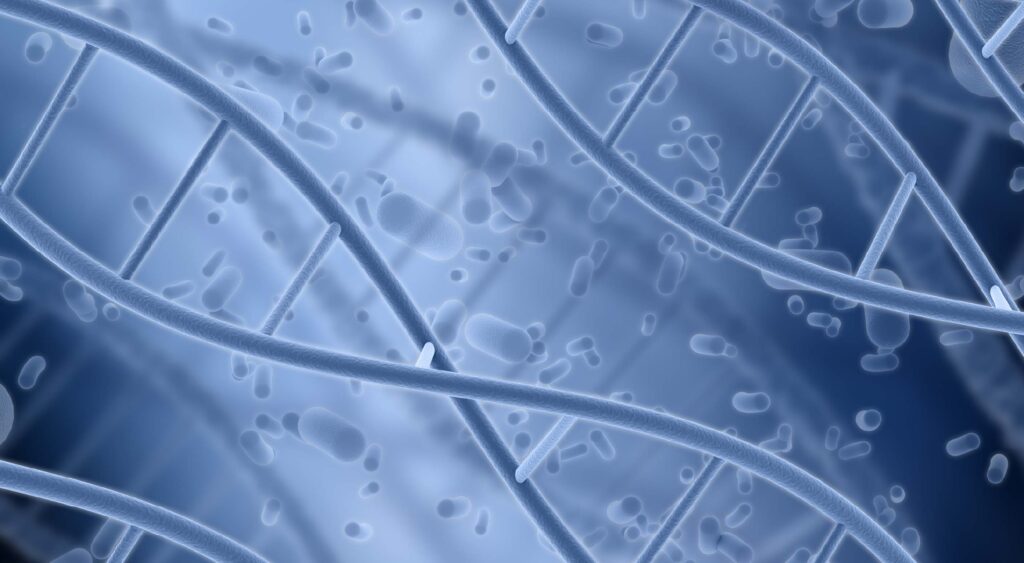Introduction to Stem Cell Treatments for Sports Injuries
Athletes push their bodies to the limit, often resulting in injuries that can sideline them for weeks, months, or even end careers. However, the emergence of stem cell treatments for sports injuries has revolutionized recovery methods, offering hope for faster and more effective healing.
But what exactly are stem cell treatments, and why are they becoming the go-to solution for sports injuries? Let’s dive into the science behind this innovative therapy and explore how it benefits athletes around the world.
How Do Stem Cell Treatments Work?
Stem cells are unique cells with the ability to develop into different types of tissues, such as muscle, bone, cartilage, and tendons. In sports medicine, stem cell treatments injuries involve injecting these cells into the injured area to promote natural healing and regeneration.
The Process:
- Harvesting – Stem cells are typically collected from the patient’s own bone marrow or adipose tissue.
- Processing – The extracted cells are processed to concentrate and purify them.
- Injection – Finally, the concentrated stem cells are injected into the injured area to stimulate tissue repair.
This minimally invasive procedure accelerates recovery, reduces inflammation, and enhances the body’s healing capabilities.
Common Sports Injuries Treated with Stem Cell Therapy
The versatility of stem cell treatments for sports injuries makes them suitable for a wide range of conditions, including:
1. Ligament Tears (ACL, MCL, etc.)
Athletes often face ligament injuries, especially in high-impact sports like football, basketball, and soccer. Stem cell therapy helps regenerate damaged ligaments, reducing the need for surgical intervention.
2. Tendonitis and Tendon Tears
Tennis elbow, rotator cuff tears, and Achilles tendonitis are common among athletes. Stem cells promote healing by repairing the damaged tendon fibers, improving flexibility and strength.
3. Muscle Strains and Tears
From hamstring strains to calf muscle tears, stem cell treatments offer a faster route to recovery by regenerating muscle tissue and reducing scar formation.
4. Cartilage Damage (Knee, Shoulder, Hip)
Cartilage injuries can be career-ending. However, stem cell therapy helps regenerate cartilage, reducing pain and improving joint function, making it a popular choice for knee injuries such as meniscus tears and osteoarthritis.
5. Fractures and Bone Injuries
Stem cells accelerate bone healing by stimulating the formation of new bone tissue, reducing recovery time for fractures and stress injuries.
Why Athletes Choose Stem Cell Treatments for Sports Injuries
Athletes are constantly seeking ways to recover quickly and return to peak performance. Stem cell therapy offers numerous advantages, including:
Faster Recovery – Stem cells enhance the body’s natural healing processes, allowing athletes to return to training sooner.
Non-Surgical Solution – Avoid the risks and lengthy recovery associated with surgery.
Reduced Pain and Inflammation – Stem cells modulate the immune response, minimizing inflammation and pain.
Improved Functionality – Regenerated tissues are often stronger and more resilient, reducing the risk of re-injury.
Minimal Downtime – Most procedures are outpatient and require little to no downtime, making them ideal for busy athletes.
The Science Behind Stem Cell Treatments for Sports Injuries
Numerous studies have highlighted the effectiveness of stem cell treatments in sports medicine. According to research published in the American Journal of Sports Medicine, athletes receiving stem cell therapy for joint injuries reported significant improvements in pain relief, joint function, and overall performance.
Moreover, many professional athletes have turned to stem cell treatments for sports injuries, including top players in the NFL, NBA, and international soccer leagues, further validating its efficacy.
What to Expect During Stem Cell Treatment
Athletes considering stem cell therapy can expect a well-structured procedure:
- Consultation and Assessment – Medical professionals evaluate the injury and discuss treatment options.
- Stem Cell Harvesting – Cells are extracted from the patient’s body under local anesthesia.
- Processing and Preparation – The stem cells are processed and prepared for injection.
- Injection and Recovery – Stem cells are injected into the injured area, followed by a monitored recovery plan that may include physical therapy.
Most athletes begin to see improvements within weeks, with full recovery taking a few months, depending on the injury’s severity.
Why Choose Elite Care for Stem Cell Treatments for Sports Injuries?
At Elite Care, we specialize in providing top-tier stem cell therapy for athletes. Here’s why athletes trust us:
🏥 State-of-the-Art Facility – Equipped with the latest technology for stem cell processing and treatment.
👨⚕️ Experienced Specialists – Our team has extensive experience in regenerative medicine and sports injury rehabilitation.
📋 Personalized Treatment Plans – Every athlete receives a tailored plan to ensure optimal recovery.
🌍 Proven Results – Numerous athletes have regained their strength, flexibility, and performance through our treatments.
Is Stem Cell Therapy Right for You?
If you’re an athlete struggling with a sports injury, stem cell treatments for sports injuries might be the solution you’ve been looking for. This advanced therapy not only promotes faster healing but also enhances your long-term performance by regenerating healthy tissues.
💪 Ready to get back in the game?
📅 Contact Elite Care today to schedule a consultation and explore how stem cell therapy can transform your recovery journey!
Visit Elitecare.mx to learn more and take the first step towards pain-free, high-performance living.




